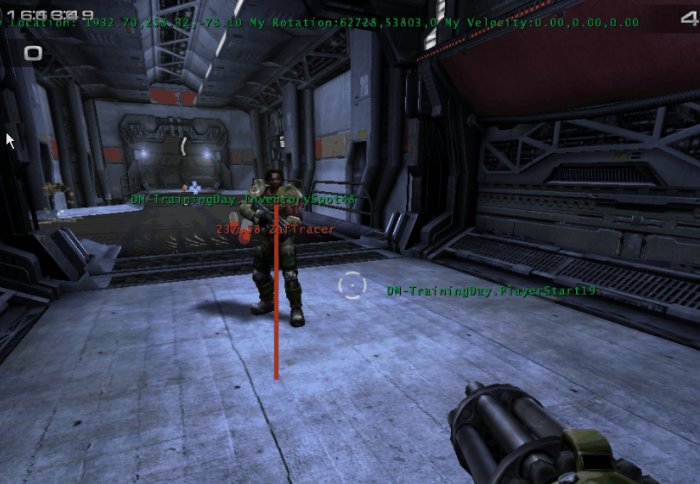

Zafeirios Fountas a PhD student here in the Department of Computing has had his work on the NeuroBot Simulator featured in a New Scientist article.
 Zafeirios Fountas a Phd student here in the Department of Computing has had his work on the NeuroBot game software discussed in a recent New Scientist article.
Zafeirios Fountas a Phd student here in the Department of Computing has had his work on the NeuroBot game software discussed in a recent New Scientist article.
The software is capable of navigating physical space in a human-like way and could be used to create more realistic video-game characters, better simulate crowd behaviour in emergency situations or control robots in the real world.
NeuroBot in terms of brain behaviour simulates 20,000 individual neurons and the electrical currents that flow between them, creating some 1.5 million connections. Professor Murray Shanahan, Fountas's supervisor says "This is a far cry from simulating a whole brain - made of about 120 billion neurons - but it is an important step if such bots are to inform theories of consciousness.
NeuroBot's performance, in particular, will provide an indication of whether the theory of consciousness that it is based on - global workspace theory (GWT) - can really produce human-like behaviour.
Read the full article here:
 |
Article text (excluding photos or graphics) available under an Attribution-NonCommercial-ShareAlike Creative Commons license.
Photos and graphics subject to third party copyright used with permission or © Imperial College London.
Reporter
Royston Ingram
Department of Computing

Contact details
Email: press.office@imperial.ac.uk
Show all stories by this author



